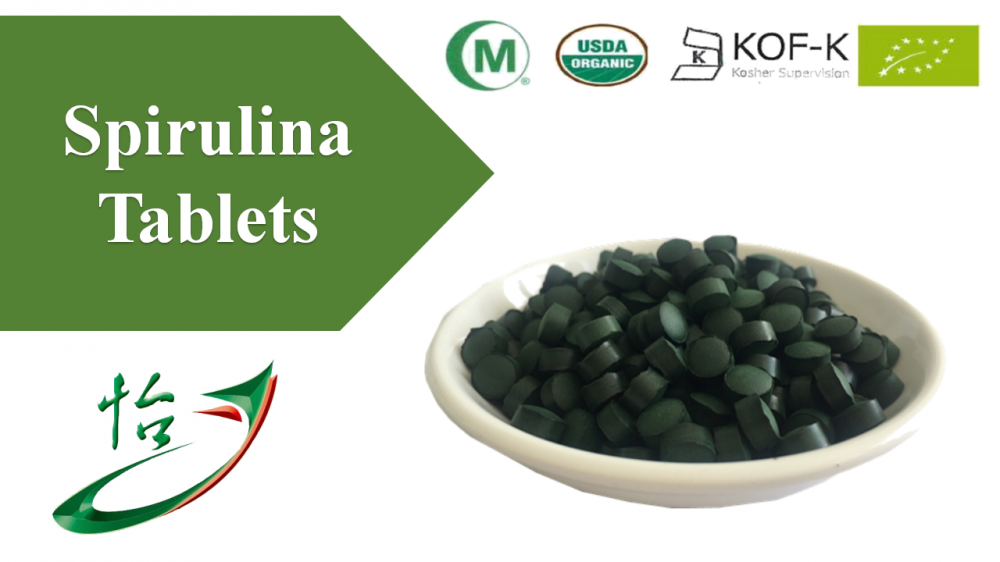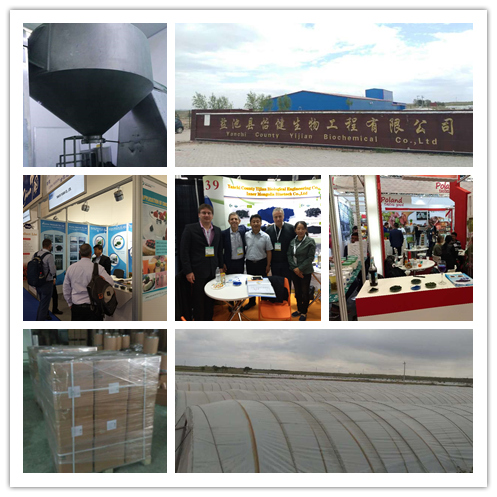Ponds and Raising Sensation: Ten Technical Measures Must Be Handled Well
First, pond environmental conditions. Ponds should be chosen to avoid the inflow of freshwater into the estuary area without industrial pollution. The size of the pond is suitable for 10 to 15 mu. Ponds of other specifications can also be used. The bottom is better with gravel bottom or hard mud bottom. For the northern Weihe River and the Yellow River Delta, although the silty soil is suitable for the habitat growth of sea cucumbers, it must be hardened. The use of shrimp ponds for the cultivation of sea cucumbers requires the conversion of ponds and the draining of the pool water before the release of the seedlings for thorough dredging, clearing and disinfection to ensure a good environment for the ponds.
Second, set artificial reefs. According to the ecological habits of the sea otters, the existing ponds must be transformed and set as reference reefs. There are various types of reef materials, which are based on local conditions. They are mainly made of stones, tiles, cement frames and old scallop cages. Considering the lack of stones in the west coast of our province, we can use tiles, mesh, cement pipes, used tires, and plastics. Membrane and other equipment, in principle, should be porous, multi-layer, reference pond area should account for about 40% of the pond area, the height of 50 to 80 cm is appropriate to meet the high temperature and summer requirements.
Third, seed quality requirements. Seedlings directly affect the growth and survival rate of sea cucumbers. To select seedlings that have been developed by broodstock in different sea areas. High-quality ginseng seedlings have a clean, mucus-free body, free body movements, no clumps, complete and sharp flesh, high food intake, and rapid bowel movements. PCR and other technologies are used for monitoring and quarantine at the time of purchase, ensuring that virus-free and residual seedlings enter the rearing pool.
Fourth, release seedlings density. According to the specification, the seed stocking size is 30-40 heads/kg, the spring density is 5-10 heads/m2, the breeding cycle is 8-12 months, the specification is 300-500 heads/kg, and the stocking density is 10 ~15 heads per square meter, breeding cycle is 18 to 24 months. The reasonable density of seedlings should be determined according to the farming methods, technical level, water exchange conditions, and feed supply conditions. At present, most of the sea cucumber ponds adopt round-rotation methods. In order to maintain the pool's memory capacity, it is necessary to replant seedlings every year. Generally, the ponds are released in the spring and the seedlings are planted in autumn or in the spring of the following year; the ponds are placed in the fall, in the spring of the following year. Or autumn fill seedlings. To give full play to the potential of pond production. In general, below 2,000 heads per mu/mu and over 20,000 heads/mu per mu are unfavorable, and it is usually 4,000 to 10,000 heads/mu.
Fifth, water quality management. It requires abundant water, fresh water and no pollution. The pond water is light yellowish green or light brown, with a transparency of 60 to 80 cm, a pH of 7.8 to 8.4, a water temperature of 0 to 30°C, an optimal temperature of 10 to 16°C, and a salinity of 25 ‰ or more. The pool should be rich in single-cell algae (especially benthic diatoms), microorganisms, animal and plant debris and organic matter. Water quality regulation and control requirements: First, the water can be changed little or no water in the low temperature period; Second, the amount of water exchange should be increased when the water quality deteriorates during the summer period; Third, prevent rainwater pouring, drastically reduce the salinity, and fester disease. For this rainy season, the surface freshwater should be drained in time and the water exchange volume should be increased.
Six, bait feed. Feeding of bait should be based on farming conditions and stocking densities. Under low-density conditions, benthic bait-feeding organisms are generally propagated by fertilization to deposit benthic diatoms and organic detritus attached to reference reefs. It is necessary to know how to feed and feed algae, seaweed, seaweed and other algae debris and artificial full-price pelleted bait in the high-density breeding season and feeding-growing season. The feeding amount generally accounts for 3% to 5% of the sea cucumber's body weight. .
Seventh, disease prevention and control. At present, common diseases of sea cucumbers include shaking head, swollen mouth, skin, discharge, ulceration and other skin decay syndromes and vibriosis, which are the most serious and should be mainly prevention. Prevention methods: First, before seedlings must be seedlings to carry out medicine bath, can be used blue, streptomycin 3010-6 each bath 30 minutes; the second is in the rapid growth period of sea cucumber, half a month with lime disinfectant once, the amount of acres 50 to 60-kg; third is to release photosynthetic bacteria or M and other beneficial bacteria to the pool to purify water and improve the bottom quality; fourth is to add antibiotic baits, the added amount does not exceed 0.1%; fifth is to have been raised after the pond Thorough dredging and disinfection are required to ensure a good environment for the bottom of the pool.
VIII. East China’s support of the West. The ponds and ginsengs expand from the eastern coast to the western coast in our province. Since the western region, especially the Yellow River Delta region, is characterized by a gentle terrain, lack of sediment, lack of concrete, and lack of stable water quality indicators, it is necessary to increase various technical measures. First, we must pay attention to doing a good job in building pools, protecting slopes, and laying white polyethylene woven fabrics on the bottom of the pool. This will not only benefit the attachment of benthic diatoms, but also prevent the sinking of the reefs; the second is to allocate a certain proportion of impounded sedimentation tanks. Prevent summer flood season from low salinity, and other issues; third is to strengthen water quality control, especially in the spring and autumn growing season, increase the amount of water to be replaced, and pay attention to the winter to maintain a higher water level of 2 meters and other issues; fourth is to address the low transparency of the pool water, It can adopt polyculture with bay scallops, oysters, oysters, etc.; Fifth, it promotes circulating aquaculture models, such as the use of groundwater resources in the Laizhou Bay, and the development of outdoor ponds and trophozoites with industrialized fish farming works well; sixth is the promotion of medium and low density. Breeding, follow the principle of “strengthening first and then expandingâ€.
Nine, the selection and cultivation of parents. It is the key to the success of nursery stocks. To select individuals with large sea cucumbers (body length greater than 20 cm, weight greater than 200 g), no disability, no discharge of organs, full gonads, and maturity, it is best to use wild parents of different sea areas as parents. Avoid extrusion during transportation. To prevent high temperatures, it is better to transport in early and late. After being shipped back, it will be stored artificially. Generally, the water temperature is controlled at 16 to 18°C, and the density is 15 to 20 heads per square meter. It is advisable to feed 3% to 5% of the parent's body weight each day. The bait is made of rattus and other debris. And artificial full price with food to promote its gonad development.
X. Protect germplasm resources. With the continuous expansion of the scale of sea cucumber breeding, technology lags behind, extensive management, disease flooding, and germplasm degradation have become increasingly prominent. In recent years, the sea cucumber breeding has greatly stimulated the extensive breeding of sea cucumber seedlings, and the relative circle of the parental sources has been relatively narrow. With the release of workers or shallow-sea fish breeding, it is difficult to maintain the original traits in the natural sea areas. The kinship between individuals in sea cucumbers is continuously approaching and the germplasm status is declining. In recent years, seedlings have been widely used in high-density propagation techniques. While the seed production has increased significantly, the seed quality has decreased year by year, and the phenomenon of drug abuse during nursery is common. It is difficult to guarantee the quality of seedlings for breeding. To this end, we must speed up the establishment of the sea cucumber original seed farm and nature reserve to ensure that the sea cucumber geology resources are not destroyed; Second, the sea cucumber seed germplasm can be solved through the outside of the net introduction, the introduction of species into the sea area of ​​China and the crossing of good varieties and other effective ways. Degradation issues; Third, we must do a good job research on the breeding of new varieties of sea cucumber research, accelerate the upgrading of sea cucumber varieties, and promote the sustainable development of industrialization of sea cucumber breeding.
This classification summarizes the Spirulina Tablets produced by our own factory in northwestern of China .
We have advanced equipment and strict quality control system to ensure the quality and production.

The products under the classification are:
1. Spirulina Tablets .
Various parameter specifications of our product:
Naturland Certified ; CERES certified .
EU & NOP standard ; Kosher & Halal Available .
Low heavy metals & Micro Contents , Low & Stable PAH4 Level ,
PAH4 value is less than 10 ppb .Low microorganismsNon-Irradiation ,
Non GMO , Gluten Free , Allergen Free , Pesticides Free .
Own Factory : Manufacture in northwest of China . Legitimacy , Regularity , Cultural .
Own Lab : Quality control and Product development . Strictly , Creativity , Responsibility .

About Company
Yanchi County Yijian Biotechnol Co.,Ltd
was founded in Dec 2012 ,
by Mr. Dezhi Zhang ,
the legal representative of the company .
Company registered capital is 10 million RMB .
The main business sectors are culture , processing , internal sales , import and export trade of Organic Spirulina and Organic Chlorella products .
Yijian is known globally as one of the major suppliers of microalgae products across the world .
Annual production rate is 600 Mt .
Average annual sales income is around 5 million dollar .
Spirulina Tablets
Spirulina Tablets,Bulk Spirulina Tablets,Spirulina Slimming Tablets,Spirulina Natural Tablets
YANCHI YI JIAN BIOLOGICAL PROJECT CO.,LTD , http://www.spirulina-yj.com